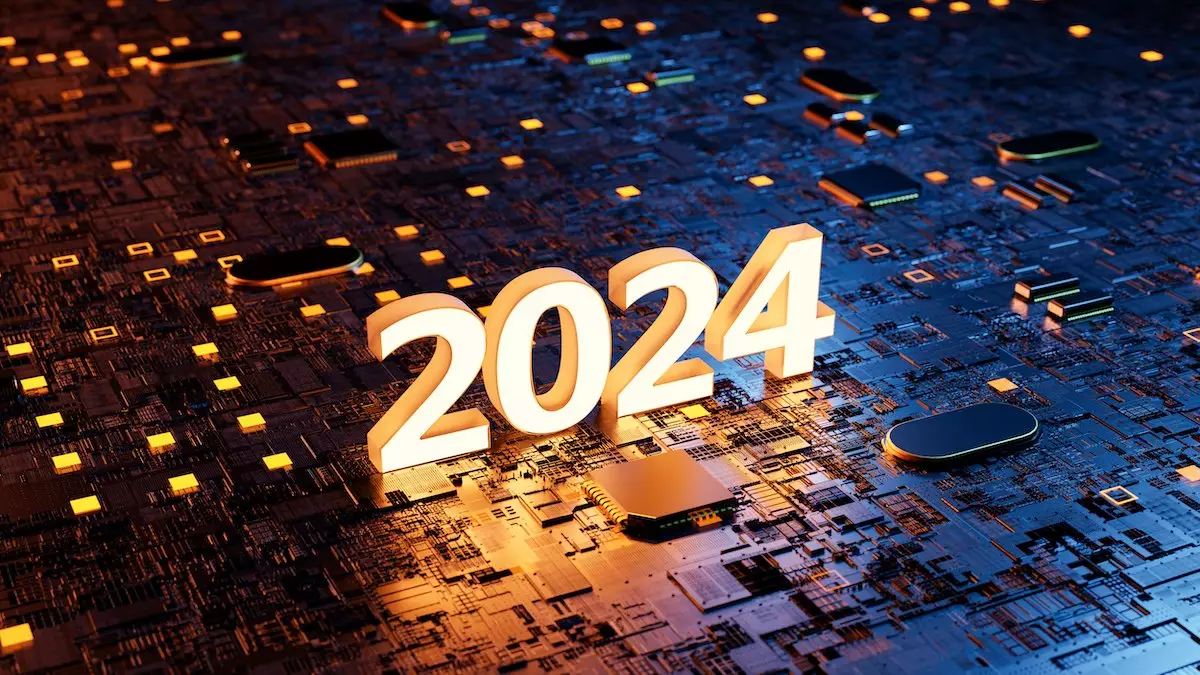Blockchain gaming has gained significant popularity and shows no signs of slowing down. One of the key trends shaping this exciting landscape is the emergence of the Play-to-Earn model, which challenges the traditional Pay-to-Play approach. With the Play-to-Earn model, players have the opportunity to earn money while playing games, providing them with a new source of income. However, critics argue that this model can be unsustainable and lead to exploitative gameplay.
To address these concerns, integrating NFTs into gameplay offers a more sustainable alternative. Instead of solely relying on financial rewards, players can also earn unique in-game items and experiences that enhance their overall gaming experience. This not only promotes community engagement and player interaction but also provides a more holistic and rewarding gaming experience. In the coming years, we can expect to see a shift towards the Play-and-Earn model as more game developers embrace NFTs and find new ways to incentivize gameplay beyond financial rewards.
The Potential of NFTs in Gaming
The potential uses for NFTs in gaming go beyond basic in-game assets. Imagine dynamic NFTs that evolve and change based on a player’s progress, making them truly unique and valuable. We can also anticipate the development of more interoperable NFTs that can be used across multiple games, providing players with a seamless gaming experience. These advancements will further enhance the attractiveness and value of NFTs in the gaming industry.
NFT-Based Land Ownership in Virtual Worlds
Another exciting trend is the concept of NFT-based land ownership in virtual worlds. This allows players to own and develop their piece of the virtual world, creating a sense of investment and ownership within the game. Additionally, the rise of utility NFTs will offer players access to exclusive events, communities, and guilds, expanding the possibilities for NFT utility in gaming.
The complexity of the interface and high gas fees have been major barriers to widespread adoption of blockchain gaming. However, the development of Layer 2 solutions and improved user onboarding processes is addressing these challenges. These advancements not only improve the overall user experience but also make blockchain gaming more accessible to a wider audience.
The entry of mainstream gaming studios into the blockchain space marks a pivotal shift. These studios bring expertise in creating high-quality games that blend engaging gameplay with the unique benefits of blockchain technology. This integration is crucial for attracting traditional gamers and bridging the gap between conventional and blockchain gaming.
The Integration of NFTs in the Metaverse
The concept of the Metaverse, a virtual world where users can interact and engage with one another in real-time, is gaining popularity. With the integration of NFTs, players can now own and trade virtual assets across different metaverses, creating a unified and interconnected gaming experience. This integration redefines traditional concepts of virtual asset ownership and interaction, blurring the lines between the digital and real worlds.
This shift opens avenues for social interaction, economic activities, and cultural expressions in the digital sphere. It points towards a future where our virtual and physical realities seamlessly intertwine, extending the impact of NFTs beyond gaming and entertainment.
Criticism surrounding the environmental impact of NFTs and blockchain has led to the adoption of measures such as carbon offsetting. Additionally, there is a shift towards more eco-friendly consensus mechanisms, moving away from energy-intensive systems. These steps are crucial for reducing the ecological footprint of blockchain and ensuring its long-term viability.
Blockchain gaming also faces challenges in terms of fraud, security vulnerabilities, and regulatory uncertainties. However, as the industry matures, stricter regulatory frameworks will be put in place to protect players and investors. These measures will enhance security and transparency, making blockchain gaming more appealing to a broader audience.
The Future of NFTs and Blockchain Gaming
The potential of NFTs to transform blockchain gaming is undeniable. As adoption increases, we can expect to see a more sustainable Play-and-Earn model, providing players with a rewarding and engaging gaming experience. The evolving utility of NFTs will open up new possibilities for gameplay and ownership in virtual worlds.
Improved accessibility and the integration of NFTs with the Metaverse will further drive adoption and innovation. The future of NFTs and blockchain gaming is exciting, and we can anticipate further advancements in the years to come. With a focus on sustainability and the development of regulatory frameworks, the industry is poised for growth. The combination of blockchain technology and gaming has the potential to revolutionize the gaming industry and create new opportunities for players and developers alike.


Leave a Reply